While the leaders of the NATO member countries meet in Madrid to define the new threats and challenges for international security in the coming years, more than 3,000 soldiers of the Spanish Armed Forces They are spread around the world. Its objective? Participate in peacekeeping operations in some of the most fragile and unstable societies on the planet.
Of the troops that are away from home, 1,477 take part in five of the most important missions of the Alliance. This was confirmed by Pedro Sánchez this Tuesday in an appearance prior to the summit where the US president, Joe Biden, took the opportunity to praise the presence of Spain in the organization’s actions.
This means that almost half of the Spanish forces abroad are solely and exclusively at the service of NATO, which, today, has all the senses focused on Eastern Europe. Specifically, where Russia has once again turned war into a foreign policy instrument.
Deterrence and defense in the Baltic
The largest contingent is currently in Latvia, where 350 Spanish troops from the Army they are part of a multinational battalion led by Canada since 2017. In addition, Spain has six Leopard 2E main battle tanks, 15 Pizarro armored vehicles and other technologies such as drones, the armored caterpillar transport vehicle (TOA), heavy mortars, according to data from the Ministry of Defense.
These soldiers participate in the Enhance Forward Presence (Reinforced Forward Presence), an operation launched to “dissuade” Russia after the illegal annexation of Crimea in 2014. Also to defend an ally country such as Latvia which, if attacked, would activate article 5 of the Washington Treaty on collective defense.
Some 600 Spanish soldiers participate in the NATO mission in Lithuania to dissuade Russia
Although the battalion has a base of 4,000 soldiers, Russia’s invasion of Ukraine earlier this year has forced the alliance countries to expand their presence in the territory. That is why, in March, shortly after the war began, Spain sent 150 extra soldiers. Then, in May, another hundred were deployed to the Lielvardes air base, bringing the number of Spanish troops on this mission to around 600.
But for “protect allies and preserve peace beyond Alliance borders” —How do you define the organization?— it is not enough to place forces in a single country. Much less when the threat comes from the largest nation in the world.
For this reason, another of NATO’s missions covers the whole of the Baltic countries (Latvia, Estonia and Lithuania) and the sea that bathes its borders. Known as the Baltic Air Police (BAP), this operation is purely defensive and the objective is to contribute and support aerial surveillance of the area since 2006, when the three Baltic states joined the Alliance.
Spanish soldiers deployed in Latvia.
BORN
In it, the allied nations participate on a rotating basis (in periods of four months) with combat aircraft. In total, Spain has intervened on eight occasions with the deployment of F-18 fighters and euro fighteraccording to ministerial sources.
The last one started in April and will last until August. So he Spanish tactical air detachment ‘Vilkas’ (word that means wolf in Lithuanian) will turn off the engines of the eight F-18 aircraft and rest the 140 Air Force soldiers who are now at the Siauliai base.
Its main mission is to intercept and identify aircraft that violate international flight regulations and approach NATO airspace.
Support for Turkey and Iraq
Since January 2015, Spain has participated in two NATO support missions in Turkey and Iraq.
The first aims to “protect the Turkish population from possible ballistic missile attacks from neighboring Syria,” as defined by the organization. Hence, Spain contributes with an anti-aircraft battery of Patriot missiles deployed along the Turkish border. According to the latest available data, this Patriot Unit is made up of a total of 149 soldiers.
The Spanish Armed Forces are also present in Iraq, although its mission is quite different. The mission is coordinated by NATO, but also by a international coalition made up of 60 countries to fight Daesh in Syria and Iraq that was formed in 2014 during the Alliance summit in Wales six years ago.
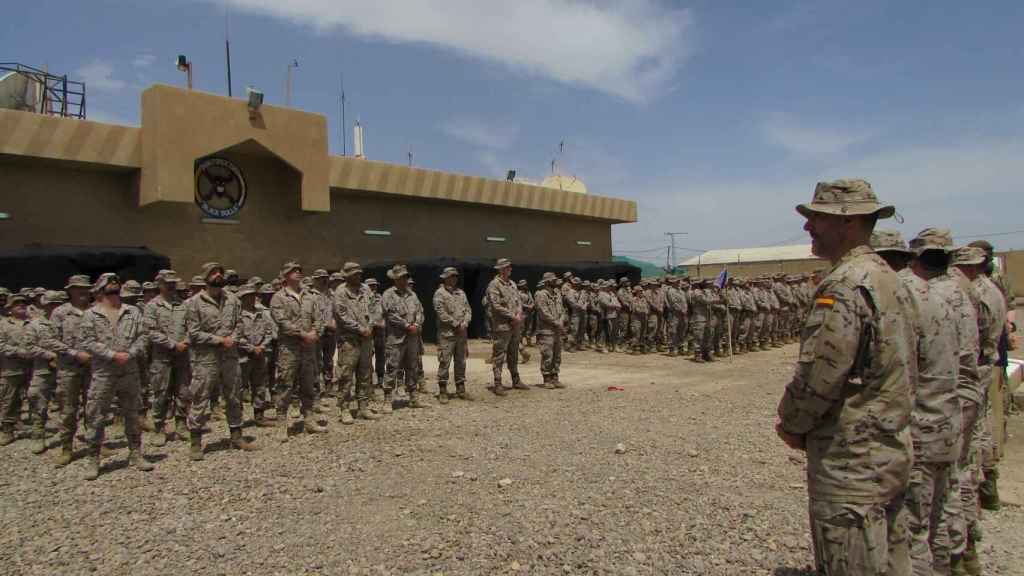
The Spanish Helicopter Unit (Task Force Toro) deployed in Iraq.
Ministry of Defence
On February 22, 2015, the Spanish flag was hoisted for the first time at the military training center at the base great captain of Besmayah, 45 kilometers southeast of Baghdad. Since then, the Spanish contingent has carried out training exercises for the local army and has provided a helicopter unit (Task Force Bull). In addition, since 2018, she has been advising the government of Iraq on security within the framework of the mission called NATO Mission-Iraq (NMI).
Although in 2020 the training work led by Spain was temporarily paralyzed after an escalation of tension between the United States and Iran, there are currently deployed in the country 157 troopsaccording to the most recent data.
Be Guardian in the Mediterranean
Protecting the Mediterranean is a priority for NATO. Also for Spain. That is why he participates in the mission known as Be Guardianwhich aims ensure maritime safety and the fight against terrorism, since its activation in 2016.
The contribution of the Spanish Army to this operation with an average of four sorties per month, a submarine underway twice a semester, a patrol boat and a ship available to lead an operation.
In so far this year, two spanish ships —the Bold in March and the frigate Queen Sofia in June— have already participated in this operation, which is limited to the international waters of the Mediterranean Sea and approaches to the Strait of Gibraltar.
[Así es la ‘Reina Sofía’, la fragata de la Armada que se suma a las operaciones de la OTAN]
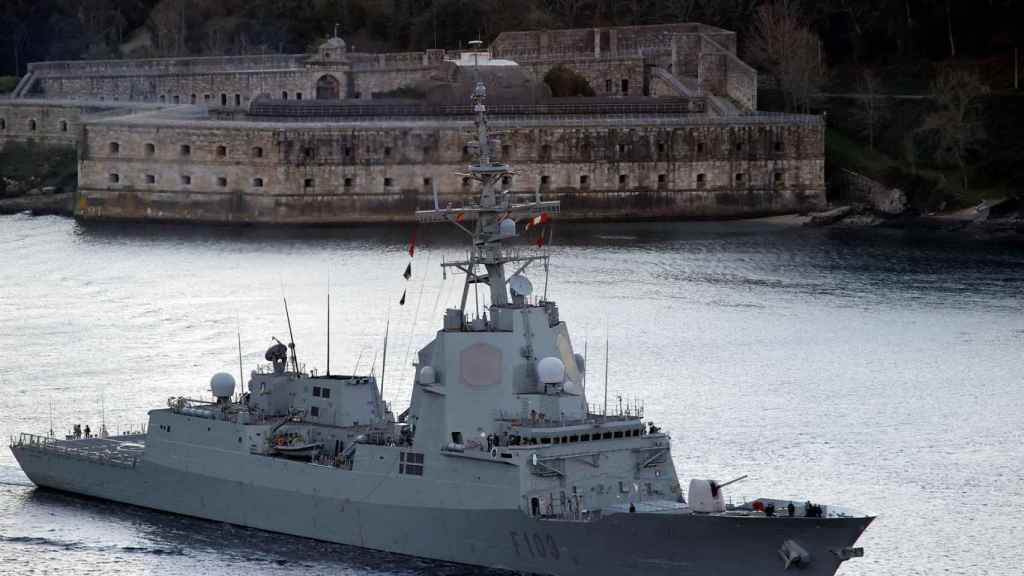
The Blas de Lezo frigate returned to the Ferrol Military Arsenal this month after exercises with NATO.
EFE
However, NATO’s maritime presence extends much further. The organization has Permanent Naval Groups (SNFs), which includes two escort groups (SNMGs) and two minehunter groups (SNMCMGs). Taken together, these are the forces that provide a permanent maritime presence in international waters and that they are the first to respondeven before a crisis is declared.
Although it is not a mission in itself, Spain contributes to this group ships and submarines permanently. Recently, the frigate Blas de Lezo and the ship Cantabria they returned to Spain after operating for two months in the SNFs.




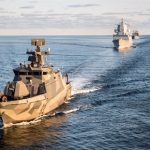




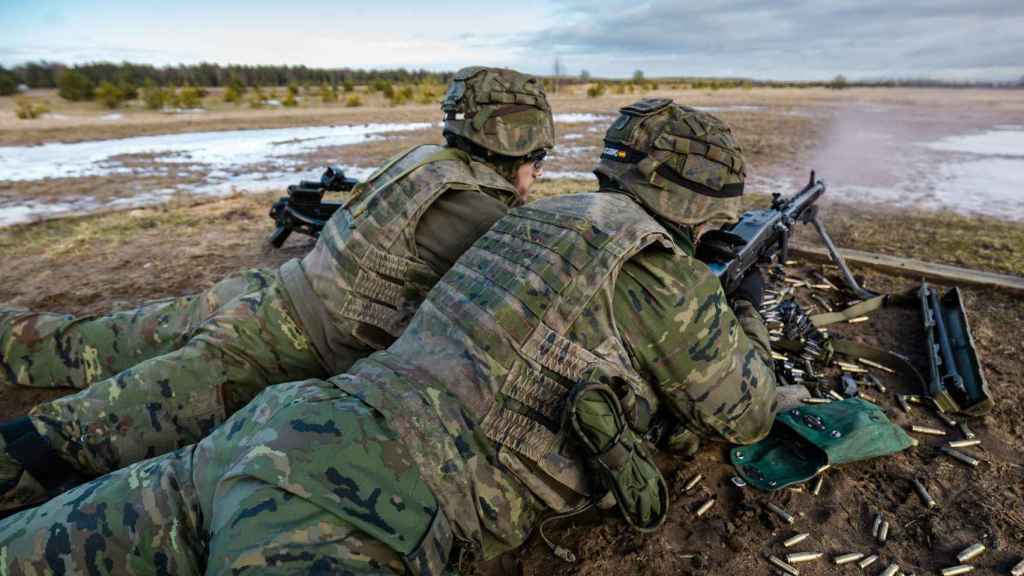
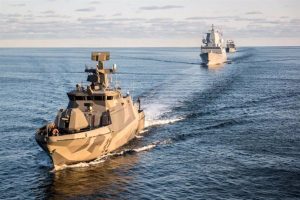


Add Comment